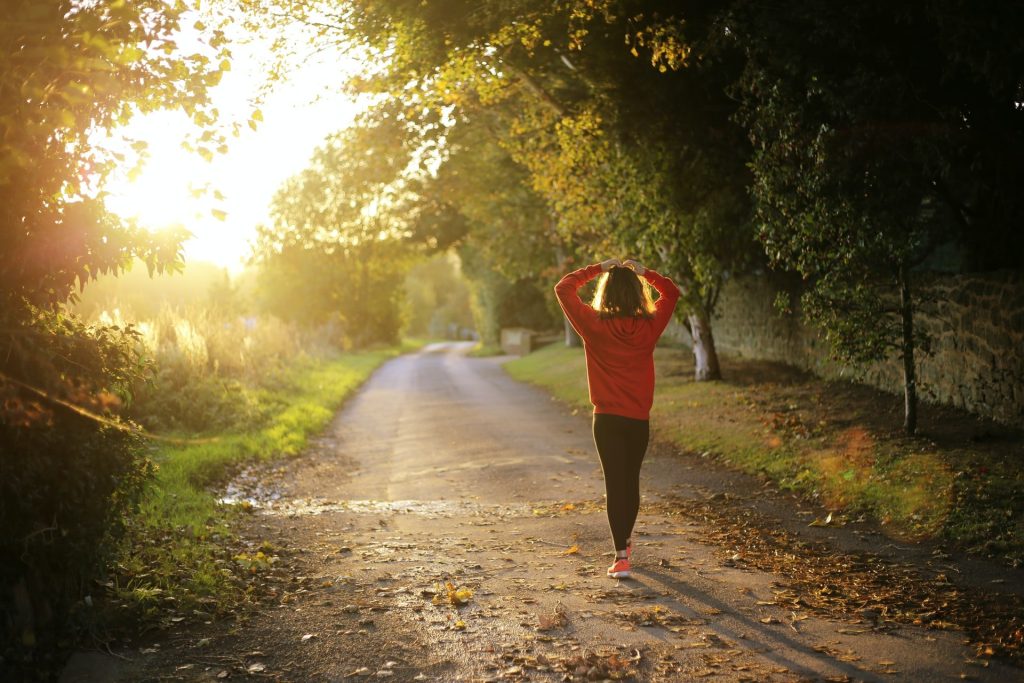
Wilderness Therapy How to Train Outdoors in the Winter and the Psychological Effects of Outdoor Exercise
With gyms closed for large parts of 2020, and the start of 2021 seeing a national lockdown, many people in the UK have begun to look for alternative ways to exercise. Training outdoors has many benefits, but also has some downsides that should be addressed. This article will hope to do that.
How to Train Outdoors in the Winter
There are many benefits to training outdoors, the first of which is that training outdoors is free. There are also the psychological benefits which we will discuss later. From a safety point of view, training outdoors allows you a lot of space to train which (with our COVID-19 hats on) means a reduced risk of infection.
The downsides would obviously be the lack of equipment available to you, temperature regulation, and safety. Training alone in a park, particularly in bad light could present a number of safety issues. Obviously, there is crime, but also there is the risk of falls or muscle injuries that can occur with nobody else around you.
We don’t say this to put you off training outdoors, but to warn you so that you can implement strategies to avoid issue. Here are some safety strategies you can put in place:
- Tell someone where you are going beforehand.
- Bring a fully charged phone out with you.
- Make sure you have the right footwear for the occasion (boots for muddy conditions)
- Pay attention to your body, feel pain in a joint? Stop
- Find out what time sunset is, make sure that you are finished before the sun goes down.
While clothing isn’t really a safety concern, it is crucial that you get it right. You don’t want to be too cold during your exercise as it can really affect performance. Then again, wearing too many layers can be even more distracting.
Some clothes can reduce your mobility, a puffy jacket may slow you down for example. Or clothes can weigh you down, making running at pace difficult.
Becoming too hot can be a big issue. When walking out your front door you want to be slightly cold for at least the first five minutes. This is an indication that your clothes will keep you warm enough to avoid performance issues but won’t get too hot later on.
In the UK, the winter months of January, February, and March are rarely filled with too much snow, unless you live in Northern Scotland. It is rainfall that you should pay the most attention to. Running in very muddy conditions is a recipe for disaster, particularly if you are wearing lightweight running shoes.
If you’re doing bootcamp style workouts, then be prepared to get very muddy! Push ups, ab exercises, and exercises such as mountain climbers are going to have you lying in the mud at some point. Try to avoid agility exercises and lots of jumping unless you are on non-slippery ground.
The Psychological Effects of Outdoor Exercise
The psychological benefits of exercising outdoors (known as green exercise) are well documented. But some of them are unknown or underrated. One of the biggest psychological benefits of outdoor exercise is how it affects the rate of perceived exertion.
The Rate of Perceived Exertion and Outdoor Exercise
A 2013 study found that people who exercised outdoors were able to increase their physical activity levels compared to indoors. This was due to a lowered perceived exertion among the exercises.
What is perceived exertion? The idea is that you are given a scale from 1-10 (sometimes the scale ranges from 6-20). On that 1-10 scale, 1 represents zero effort at all, while 10 represents exercising at max intensity, feeling like you can barely breathe.
But perception is different to reality. If you woke up with a hangover and three hours sleep, how much effort would it feel like you were putting in to walking down the stairs? Probably a lot. But doing so after 8 hours of sleep and a strong coffee probably feels like no effort at all.
A supplement that contains caffeine has been shown to lower your perception of effort, allowing you to exercise at a higher intensity while feeling the same as usual. Which is why caffeine is so popular in pre-workouts.
It turns out that nature has the same effect! The reason for this is probably distraction from changing scenery. Music works in a similar way, taking your mind off the difficulty of the task by distracting you with something pleasant (or so bad you can’t think of anything else).
The Effect of Outdoor Exercise on Mood
Outdoor exercise has been shown to improve your mood, reduce stress, improve your self-esteem, and how you perceive your health. With many studies talking about outdoor exercise as a form of medicine, rather than just a cheap way to train.
Of course, training indoors with a friend or family member can also improve your self-esteem, mood, and help to reduce stress. But there are also several ways for this to fall apart. Music too loud, too many people, argument with guy in the weights room etc.
Exercising in nature is excellent for quiet contemplation, the more scenic the better! Though even your local park will be good enough to see a substantial improvement.
Final Thoughts
Outdoor exercise is a great way to train, particularly during a COVID-19 related lockdown, but post-lockdown it should still be incorporated into your week if at all possible. Vitamin D exposure, reduced perception of effort, improved mood, lowered stress, and better self-esteem are all superb reasons to do it more often.
There are of course downsides, it is not great for resistance training, bad weather can make it challenging or even downright dangerous. But it will not be a surprise to many of us in the fitness world if 2021 brings out more outdoor exercisers.
Just invest in some good kit, pay attention to the weather and sunlight, and keep a phone on you, and you’ll have a great time.


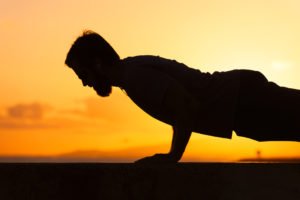
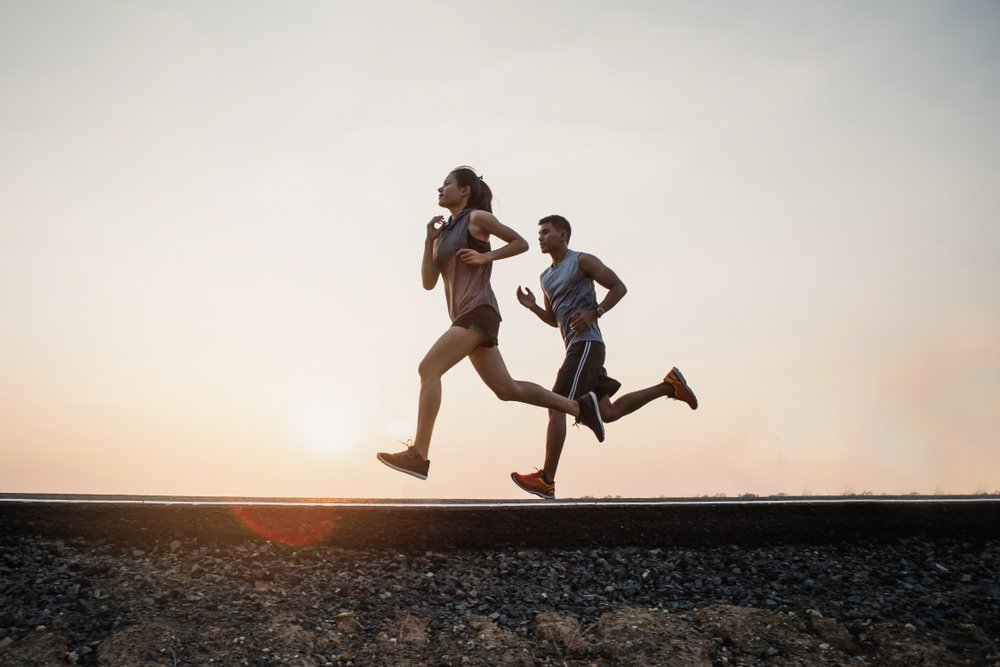
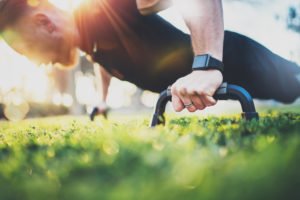


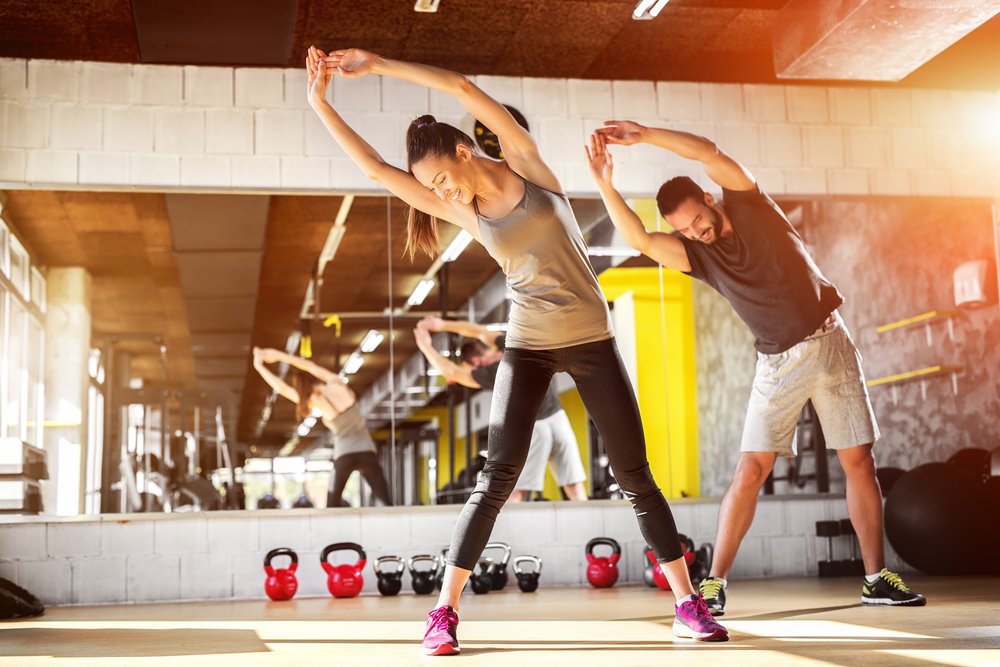

No Comments yet!